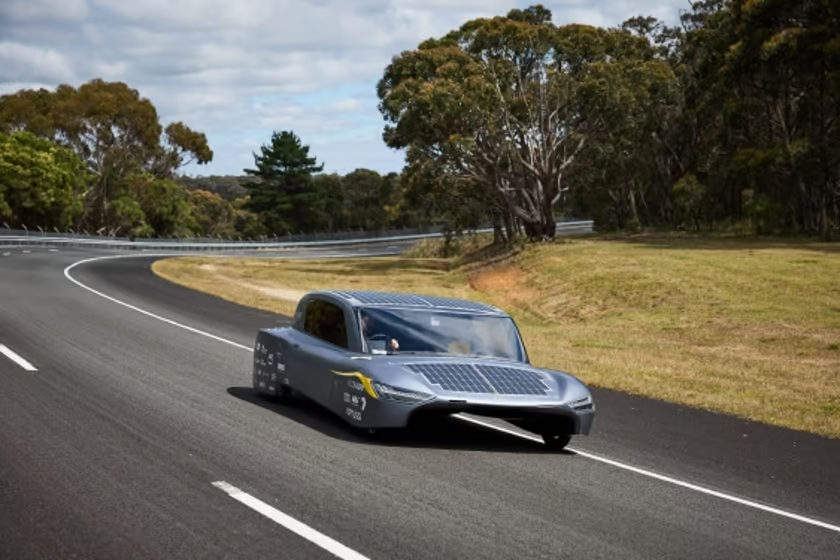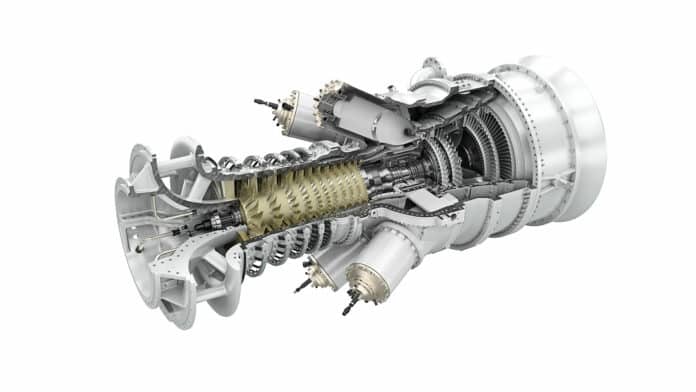Researchers in Japan are developing a modular nuclear reactor to power large apartment complexes. Small or modular reactors produce up to 500 MW of energy. The Japanese reactor is based on Rapid-L that was intended as a power supply for colonies on the moon. The reactor is just 19.6 feet (6m) tall and 6.5 feet (2m) wide making it about a fifth of the size of a typical nuclear plant.
Building a Fail-Safe Reactor
After the Fukushima nuclear disaster, the Japanese government is funding research and tests on the fail-safe mechanism for the reactor, which will shut down automatically if it overheats.
Mitsuru Kambe, of Central Research Institute of the Electrical Power Industry (CRIEPI), sees small modular reactors as a way for Japan to relieve peak loads. He believes the reactor will reduce risks associated with the use of nuclear power and become a flexible and more cost-effective use of resources.
US Tennessee Valley Authority (TVA)
The Babcock and Wilcox Company in the US is seeking a license to build the country’s first modular reactor. The company sees modular nuclear reactors as a next step in energy production and plans to install a B&W mPower reactor. Features include:
- Integral nuclear system design
- Passive safety system
- Underground containment
- 4.5 year operating cycle between refueling
- Expandable multi-unit (1-10) plant
- Used fuel stored in spent fuel pool for life of reactor (60 years)
Finally, it is believed small reactors could be a key factor in lowering greenhouse gas emissions. It is estimated that the B&W mPower reactor will reduce carbon dioxide emissions by 57 million metric tons over its lifetime. The following video shows the design and components of the reactor:
Union of Concerned Scientists Weighs In
“Small Isn’t Always Beautiful“, a 24-page report by the Union of Concerned Scientists, provides a number of modular reactor criticisms that boil down to concerns about the desire for reduced size and costs giving way to compromises to safety and security. The report cites “smart design” can’t be the only factor behind greater levels of nuclear plant safety and security. “For any plant, large or small, a key factor that determines the level of safety is the most severe accident that the plant is designed to withstand without exceeding certain radiological release limits—a hypothetical event known as the maximum ‘design-basis’ accident,” the report states. “Without an overarching regulatory framework focused on substantially increasing the level of operational safety, there will be no assurance of greater safety for next-generation reactors either large or small.”






